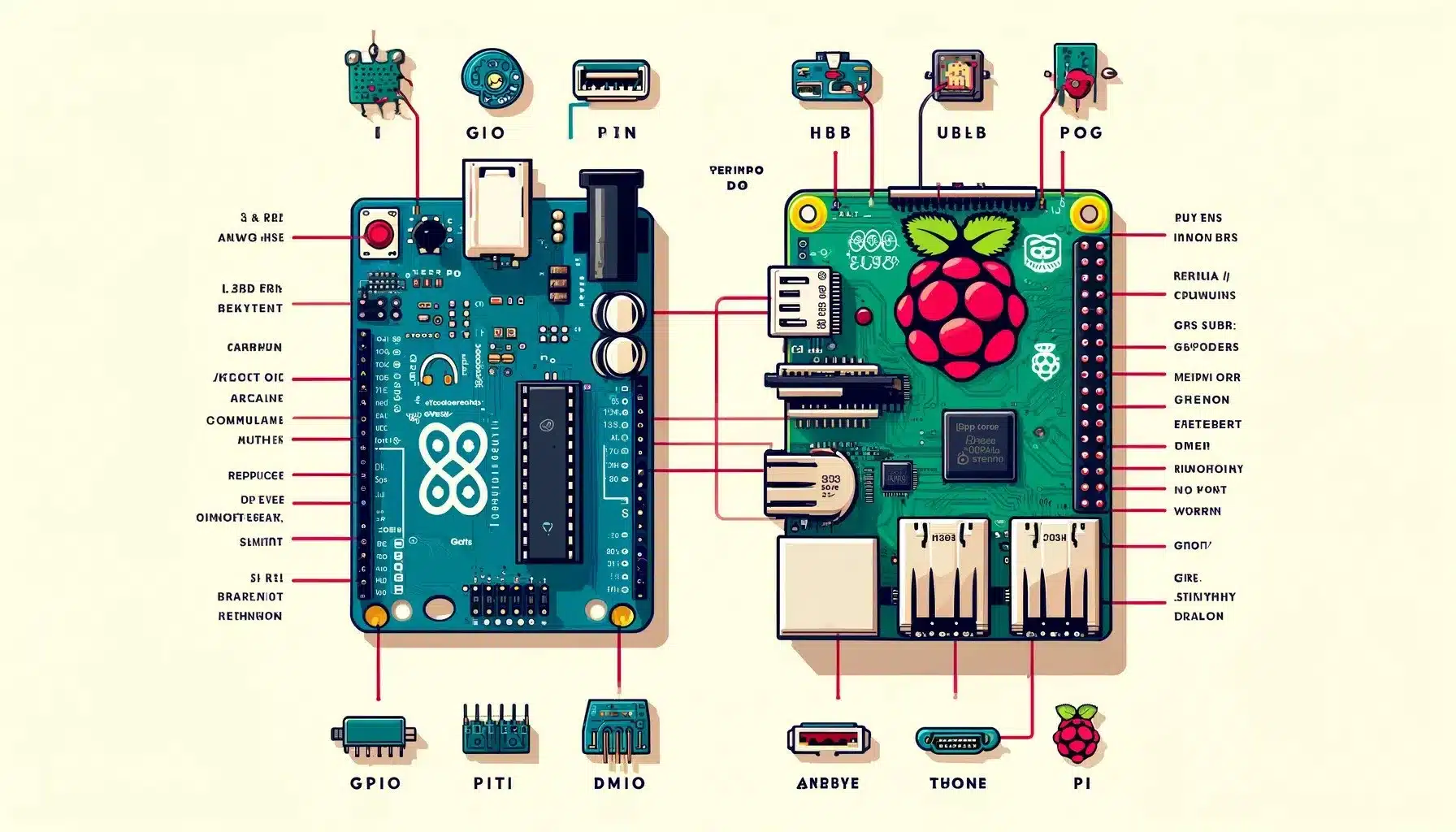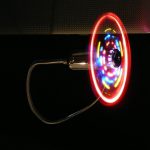
Introduction
In electronics and DIY projects, two distinct names reign supreme: Arduino and Raspberry Pi. Though these platforms are immensely popular among hobbyists, educators, and professionals, they serve different purposes and have distinct features. Understanding the differences between Arduino and Raspberry Pi is crucial for choosing the right platform for your project. Read an article to explore the key disparities between these two iconic devices.
A Brief Introduction to Arduino and Raspberry Pi
Arduino is a versatile open-source electronics platform based on easy-to-use hardware and software. This microcontroller platform is great for beginners because it requires little setup and is straightforward to use. Arduino boards are microcontroller-based, meaning they are essentially tiny, simple computers that can run one program at a time, over and over again. Arduino also comprises a development environment for writing, compiling, and uploading code to the board.
Raspberry Pi, on the other hand, is a fully functional single-board computer developed in the United Kingdom by the reputable Raspberry Pi Foundation in collaboration with Broadcom. It can perform tasks that a desktop computer can do, such as internet browsing, playing high-definition video, and running various software applications. A Raspberry Pi uses a broader operating system, usually a version of Linux, and allows multitasking within a familiar desktop environment.
Key Differences Between Arduino and Raspberry Pi
Arduino and Raspberry Pi vary greatly in various aspects, including their capabilities and intended uses. Let’s explore the key differences between these two:
Differences Based on Purpose and Functionality
- Arduino: At their core, Arduino and Raspberry Pi serve different purposes. Arduino, a microcontroller platform, is explicitly designed for hardware interfacing and simple embedded projects. It excels at controlling external devices and sensors, making it ideal for tasks like robotics, home automation, and wearable technology.
- Raspberry Pi: Raspberry Pi is a single-board computer (SBC) that offers the functionality of a basic desktop computer. It runs a full operating system and is better suited for projects that require more computational power or involve networking and multimedia applications.
Disparities Based on Hardware Specifications
The hardware architecture of Arduino and Raspberry Pi differs significantly.
- Arduino: Arduino boards typically feature a microcontroller unit (MCU), which is optimised for real-time tasks and low-level I/O operations. These MCUs have limited processing power and memory compared to a full-fledged computer.
- Raspberry Pi: In contrast, Raspberry Pi boards integrate a system-on-chip (SoC) that incorporates a CPU, GPU, RAM, and other components onto a single chip. This setup provides more computational power and versatility, allowing Raspberry Pi to handle a multitude of applications.
Variations Based on Programming
- Programming Arduino – Arduino boards are programmed using the Arduino Integrated Development Environment (IDE), which uses a simplified version of C++. The programming approach for Arduino is straightforward, involving reading from inputs (like sensors), processing data, and producing outputs (activating motors, turning on LEDs, etc.). This makes Arduino ideal for straightforward projects focused on hardware interactions.
- Programming Raspberry Pi – Raspberry Pi can be programmed using multiple programming languages, including Python, Java, and even C++. With the support of a full operating system, Raspberry Pi can handle complex software applications and advanced projects, like creating a media center or a personal server.
Differences Based on Project Suitability
Best Uses for Arduino – Arduino is best suited for projects involving direct hardware interactions, such as:
- Robotics
- Wearable technology
- Environmental sensing and data logging
- Simple automated tasks.
Additionally, it is perfect for prototyping electronics projects due to its modular nature and the availability of numerous sensors and modules that can easily be integrated.
Best Uses for Raspberry Pi – Raspberry Pi shines in scenarios requiring more computing power and connectivity, such as:
- Home automation systems
- Web servers
- Complex robots using computer vision and other intensive processes.
Additionally, it also serves as an excellent educational tool for programming and networking.
Distinctions Based on Power Consumption
Arduino: One aspect where Arduino outshines Raspberry Pi is power consumption. Since Arduino boards are optimised for low-power operation, they consume significantly less energy than Raspberry Pi when performing similar tasks. This makes Arduino ideal for battery-powered or energy-efficient applications where power consumption is paramount.
Raspberry Pi: Raspberry Pi, while more powerful, consumes more power due to its complex hardware architecture and additional components. While this may not be a concern for projects with access to a stable power source, it becomes important in scenarios where power efficiency is paramount.
Variances Based on Cost and Accessibility
Arduino: Arduino boards are generally inexpensive, with entry-level boards priced under $10. This affordability makes Arduino accessible to hobbyists, students, and anyone interested in learning electronics. Additionally, Arduino’s open-source nature means that there is a vast ecosystem of compatible boards, shields, and accessories available from various vendors.
Raspberry Pi: Raspberry Pi boards are comparatively more expensive than Arduino boards, typically ranging from $20 to $50, depending on the model and specifications. While still affordable, Raspberry Pi may be less accessible to some users due to the higher cost.
Final Words
Arduino and Raspberry Pi serve as fantastic gateways into the world of digital making. Whether you choose one or the other or even decide to use both in different aspects of your projects, you’ll find a supportive community and a wealth of resources to help you on your journey. If your interest lies primarily in electronics and simple automated tasks, Arduino is the way to go. However, if you’re interested in working on more software-intensive projects that require a full-fledged computer, Raspberry Pi is the better choice.





















